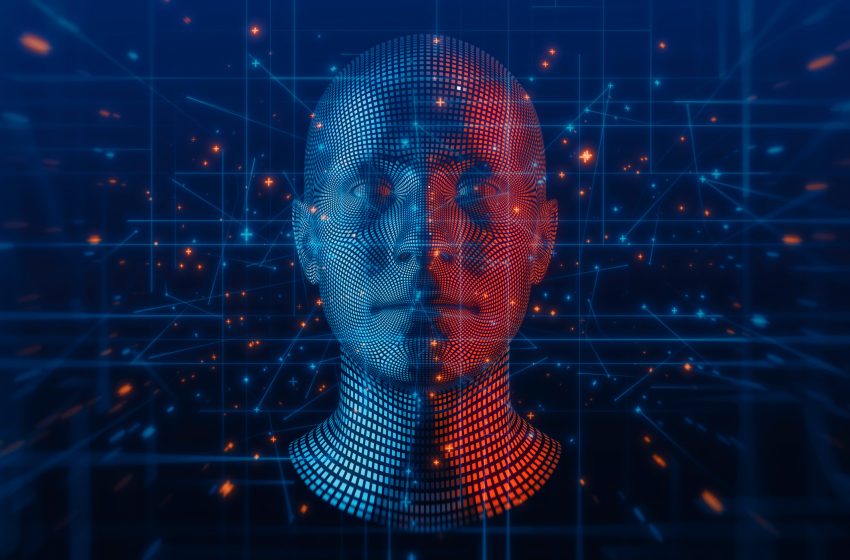Contrastive Learning and the Future of Self-Supervised Representation Learning

Imagine a sculptor chiselling away at a block of marble. With every strike, the form of the statue becomes clearer—not because the sculptor starts with a detailed drawing, but because contrast between what remains and what is removed reveals the shape. Contrastive learning works in much the same way. Comparing differences between data points helps neural networks uncover meaningful representations without needing explicit labels.
In today’s machine learning landscape, contrastive learning has emerged as one of the most powerful approaches for self-supervised representation learning. It reduces dependency on labelled datasets while building robust models capable of transferring across diverse tasks.
Why Contrastive Learning Matters
At its core, contrastive learning teaches models by comparison. Two images of the same object are deemed “similar,” while a picture of a different object is “dissimilar.” By pulling similar pairs closer and pushing dissimilar ones apart in the feature space, the network gradually builds meaningful patterns.
This process mirrors human learning: we understand “hot” better after experiencing both hot and cold. Similarly, models learn richer representations when exposed to contrasts.
These foundational ideas are often introduced in a data science course, where learners are encouraged to explore the philosophy of comparison as much as the mechanics of coding.
Self-Supervised Learning: Beyond Labels
Traditional supervised learning is like studying only with answer keys—you rely on labels for every problem. But in the real world, labelled data is expensive and scarce. Self-supervised learning flips the model by generating supervision from the data itself.
Contrastive approaches create proxy tasks, like predicting whether two augmented images originate from the same source. Through these tasks, models learn internal representations that can later be fine-tuned for downstream applications such as classification, detection, or segmentation.
It’s no surprise that many professionals start with a data science course to gain the foundations of machine learning before exploring advanced self-supervised strategies.
Popular Frameworks Shaping the Field
Several frameworks have propelled contrastive learning into mainstream research:
- SimCLR – Uses heavy augmentations and contrastive loss for robust representation learning.
- MoCo (Momentum Contrast) – Introduces a momentum encoder and dynamic dictionary for stability.
- BYOL (Bootstrap Your Own Latent) – Achieves contrastive-like success even without explicit negatives.
Hands-on practice in a data science course in Mumbai often includes implementing these frameworks, helping learners see how architecture choices and contrastive objectives shape performance across real datasets.
Real-World Applications
The reach of contrastive learning spans multiple industries:
- Healthcare – Analysing scans without exhaustive labelling.
- Finance – Spotting anomalies by contrasting normal vs. suspicious patterns.
- Computer Vision – Powering recognition systems and autonomous driving.
- NLP – Creating embeddings that capture contextual meaning.
Case studies in programmes such as a data science course in Mumbai show learners how these methods are already driving improvements in fraud detection, medical imaging, and personalised recommendations.
Challenges and Future Directions
Despite its promise, contrastive learning poses hurdles. Training often demands vast computational resources, and choosing meaningful negative samples can be tricky. Poorly designed negatives risk weakening the model’s ability to generalise.
Looking forward, researchers are exploring hybrid approaches that combine contrastive and generative methods, adaptive negative sampling, and even domain-specific constraints to enhance performance and interpretability. These innovations aim to make contrastive learning more efficient and more widely accessible.
Conclusion
Contrastive learning acts like the sculptor’s chisel—refining representations by emphasising differences and similarities. It has redefined self-supervised learning, opening doors to models that are adaptable, resource-efficient, and transferable across tasks.
For professionals, the key lesson is clear: mastering contrastive learning is about more than coding—it’s about adopting a mindset that values differences as much as similarities. Those who understand this balance will be well placed to shape the future of artificial intelligence.
Business Name: ExcelR- Data Science, Data Analytics, Business Analyst Course Training Mumbai
Address: Unit no. 302, 03rd Floor, Ashok Premises, Old Nagardas Rd, Nicolas Wadi Rd, Mogra Village, Gundavali Gaothan, Andheri E, Mumbai, Maharashtra 400069, Phone: 09108238354, Email: enquiry@excelr.com.
